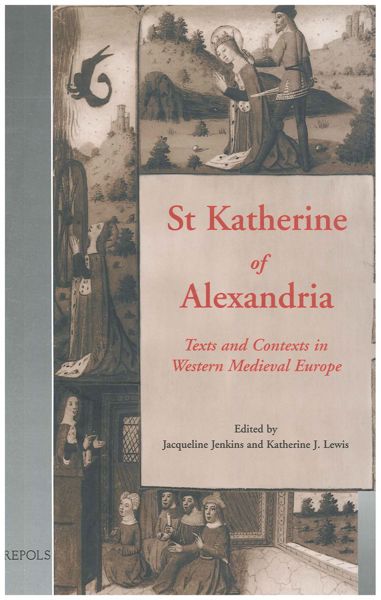
St Katherine of Alexandria
View publication
"Saints Edith and Aethelthryth: Princesses, Miracle Workers and Their Late Medieval Audience offers scholars and students two examples of hagiography written for fifteenth-century women and the context in which they were created and consumed. As with their medieval audience, the fifteenth-century Lives of Saints Edith and Aethelthryth provide modern readers with many messages. Their stories expand our understanding of the use of hagiography, add to the corpus of medieval women's history, and "illuminate...the history of women as consumers of literature". (Amy K. Bosworth, in: TMR, 10.03.13)